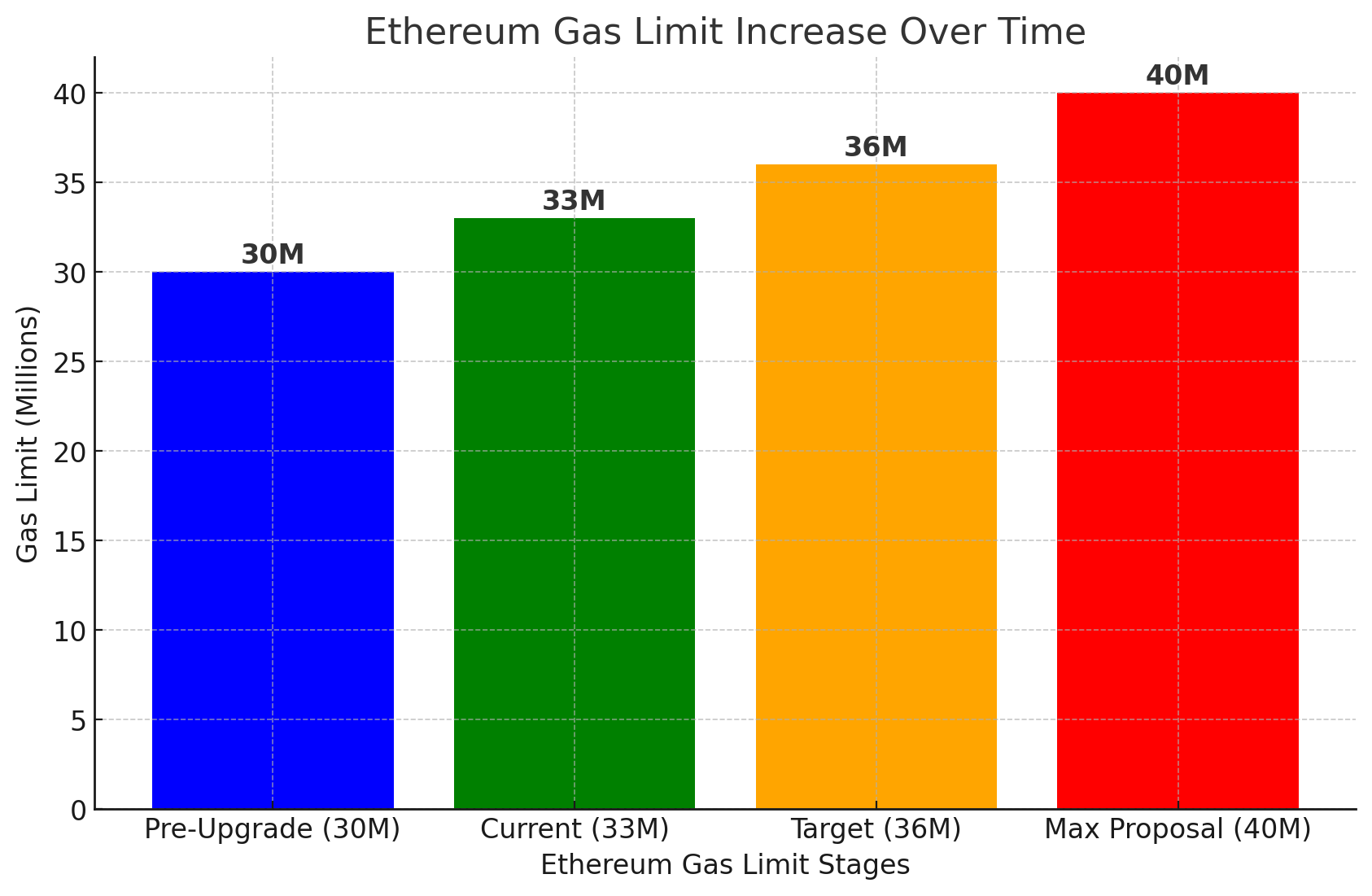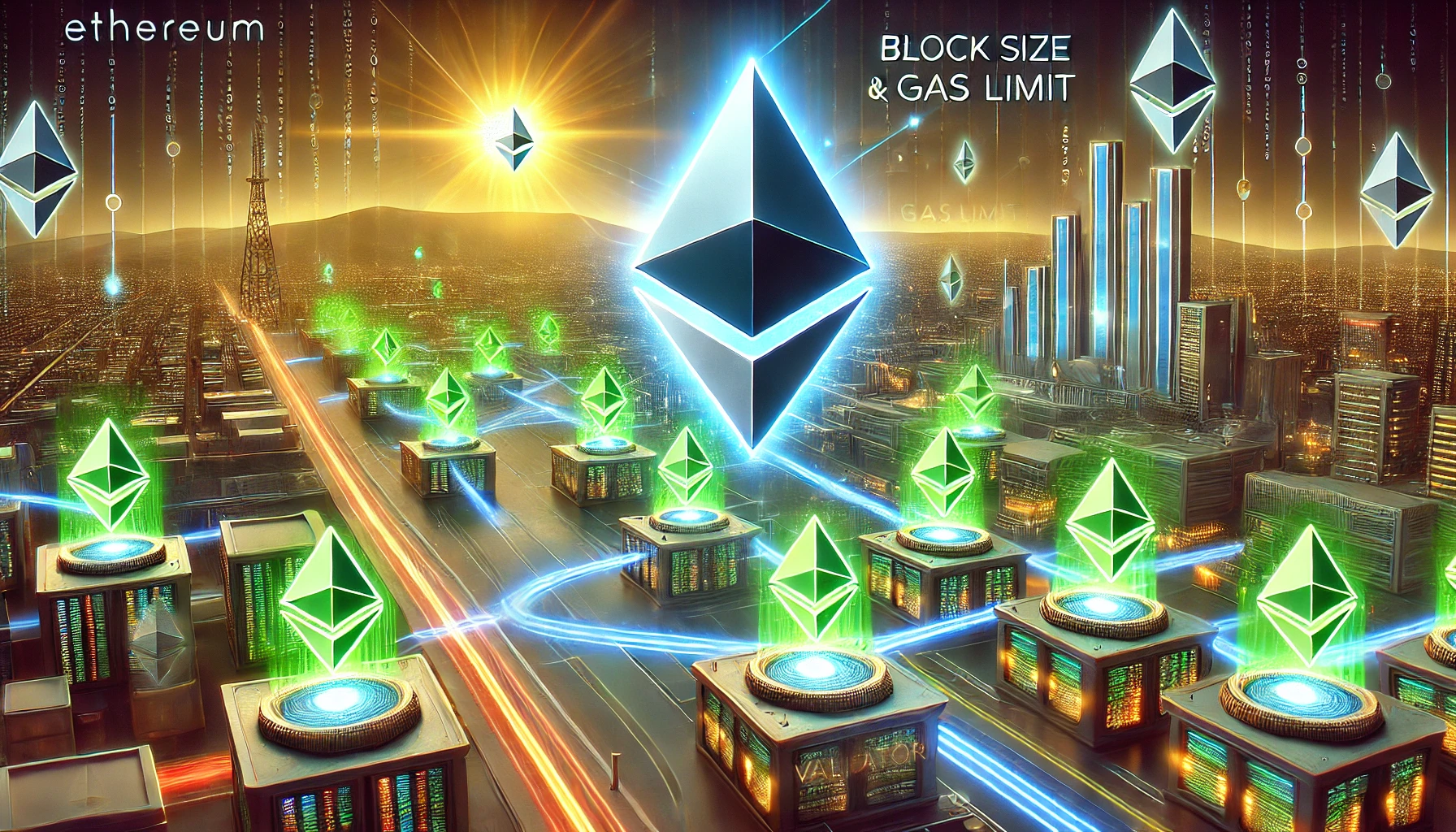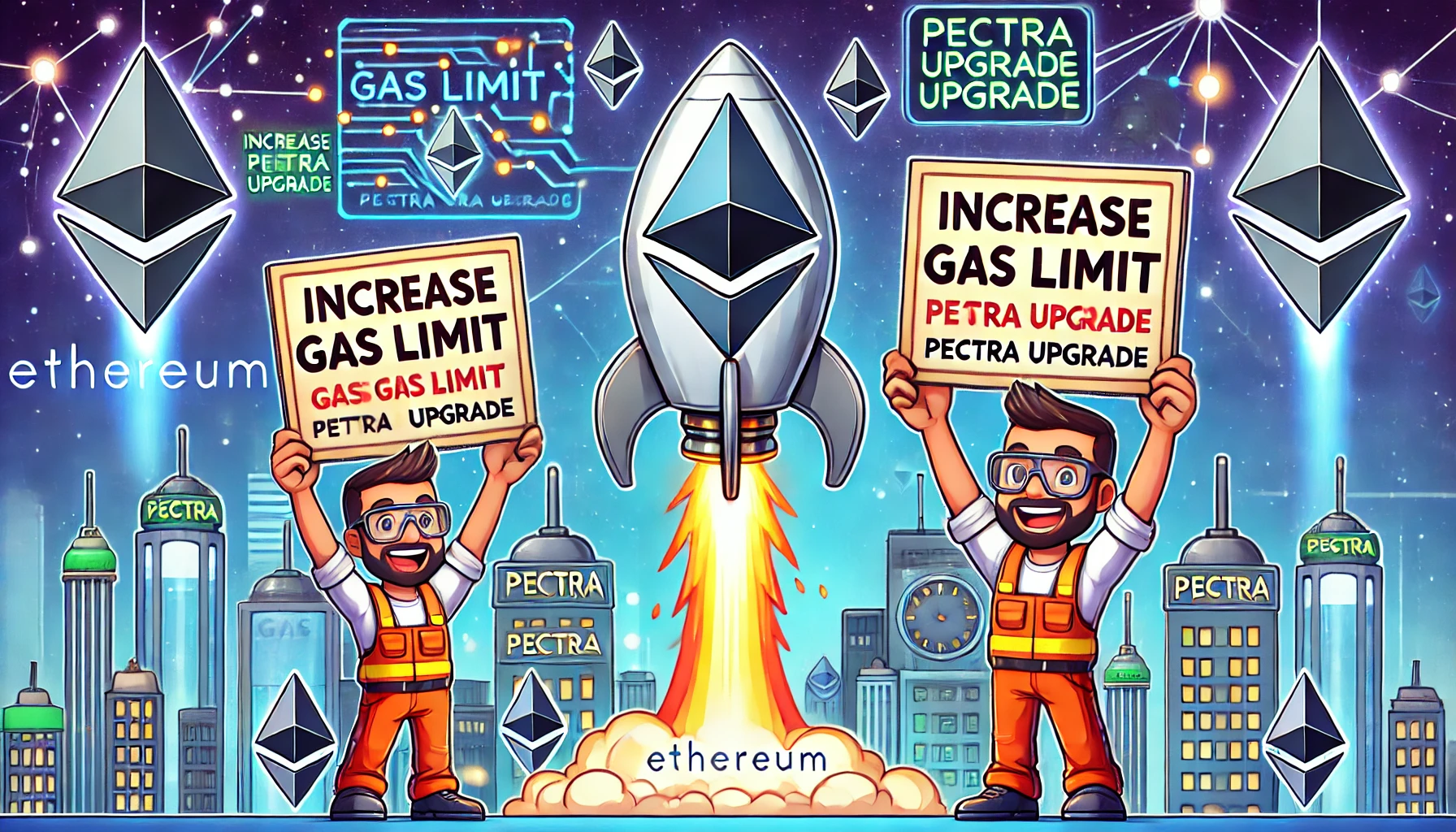A significant move for the Ethereum (ETH) network, over 50% of validators have signaled support for increasing the gas limit, a change that could dramatically reshape the platform’s entire transaction dynamics. This watershed development comes as the community eagerly anticipates the extensive Pectra upgrade, tentatively slated for late March 2025, which aims to enhance Ethereum’s overall efficiency and refined user experience considerably.
A Community-Driven Push for Change
The momentum to substantially raise Ethereum’s gas limit has been steadily building over recent months. As of early February 4, 2025, extensive data from Gaslimit.pic indicates that a sizable majority of 52% of validators favor the substantive increase, confidently surpassing the necessary threshold for timely implementation. This pronounced shift cogently reflects a gradually coalescing consensus within the community to address urgent scalability and fluctuating transaction fee worries creatively.
Renowned Ethereum researcher Justin Drake has been unreservedly vocal about the promising benefits of this prudent adjustment. He astutely noted,
“A modest 20% bump would prudently grease the wheels,”
suggestively indicating that judiciously increasing the gas limit to a moderate 36 million would meaningfully enhance the network’s vital capacity without recklessly compromising security.

Balancing Benefits and Risks
Supporters argue that escalating the gas constraint will enable more dealings per block, potentially reducing costs and improving the user experience. Developer Emmanuel Awosika highlighted that the current gas confines can obstruct the execution of high-demand applications. He stated,
“Elevating the gas boundaries is a way for the system to demonstrate that it’s offering ambitious developers something to labor with.”
However, caution stays pivotal. The Ethereum Foundation’s Toni Wahrstätter has expressed matters that an excessive boost could undermine the system’s security and stability. While advocating for the increase, the “Pump The Gas” effort acknowledges these dangers, emphasizing the importance of a gradual approach to avoid unforeseen issues

The Road Ahead: Pectra Upgrade
As the community navigates the ongoing changes transforming the landscape, the focus has also fallen on the impending Pectra enhancements slated for March 2025. Aiming to introduce an array of optimizations, the upgrade seeks to refine wallet functionality and streamline staking processes. Significantly, EIP-7702 intends to empower wallets with programmable smart contract-like abilities, while EIP-7251 plans to exponentially raise the staking ceiling from thirty-two to two thousand and forty-eight ETH for validators.
Such evolutions underscore Ethereum’s dedication to reacting dynamically to communal needs and technical progressions. As the project’s co-founder Vitalik Buterin articulated, “Ethereum’s future appears bright,” accentuating the network’s persistent efforts to boost scalability and refine the user experience.
Summing Up
The Ethereum network stands at a pivotal juncture, with validator support for a gas limit increase reflecting a collective desire to improve scalability and reduce transaction fees. As the Pectra upgrade approaches, the community balances innovation with caution, ensuring that changes bolster the network’s performance without compromising its foundational principles.
FAQs on Ethereum’s Gas Limit Increase and Upcoming Protocol Upgrade
Why are Ethereum validators seeking to raise the gas limit?
The network’s transaction capacity must expand to accommodate growing usage and reduce costs. With transaction fees rising, the change aims to welcome more activity per block.
What risks does increasing the gas limit pose?
Nodes requiring greater hardware resources could centralize validation, weakening security. Additionally, maintaining the wider blocks may become more computationally intensive.
What changes will the coming Pectra upgrade in March 2025 introduce?
In addition to boosting the blob target to further scaling solutions, it will enhance the staking process. Similarly to the gas limit adjustment, stakers will vote on accepting the upgrade.
How might these alterations impact users and developers?
Lower fees could greet users, and complex dapps building might face fewer restrictions. Developers gain flexibility to create innovative applications accessing the fuller potential of Ethereum.
Glossary of Important Concepts
Gas Limit – Maximum gas transactions can consume in a block. Higher allowance packs in more transactions.
Validators – Stakers confirming new blocks in Ethereum’s proof-of-stake system.
Pectra Upgrade – Imminent upgrade projected to refine staking and improve scalability/wallet functionality.
Proof-of-Stake – Ethereum’s consensus where staking secures the network instead of energy-hogging mining.
Blob Target – Data availability component for optimizing scaling solutions like rollups.
EIP – Proposal to better Ethereum evaluated by the community and core team for acceptance.
Scalability – A blockchain’s aptitude to efficiently handle growing transaction volumes.



















































































































